What Do Water Treatment Plants Remove?
Why We Care About Clean Water
We’re Shandong Shine, and we don’t take water for granted.
Water isn’t just H₂O. It’s life. It’s health. It’s peace of mind. Every time we treat water, we protect our families, support our communities, and fight invisible threats.
It’s personal. That’s why we design and manufacture On-Site Low-Strength Sodium Hypochlorite Generators—so plants can safely create disinfection solutions using only salt and water. Simple, right?
Well, behind the scenes, it’s a bit more complex.
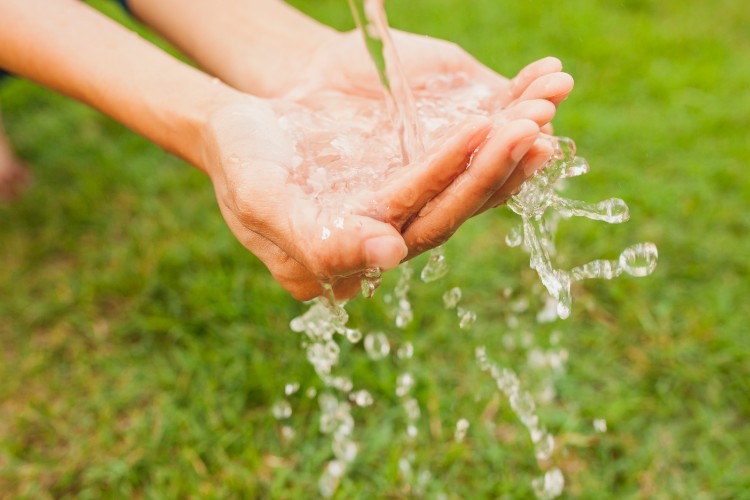
What Do Water Treatment Plants Remove?
Let’s start with the basics. Water treatment plants take raw, contaminated water sourced from rivers, lakes, or wells. What’s in that water? You might want to sit down for this:
· Sand, dirt, and clay
· Algae, bacteria, and viruses
· Pesticides and industrial chemicals
· Lead, mercury, arsenic (yikes)
· Microplastics
· Oils, greases, and random debris
· Even... insect eggs (gross, but true)
And still, we expect clean, safe drinking water from our tap? That’s a tall order—but water treatment systems step up.

How Do Plants Clean Water?
Through a well-planned, multi-step water treatment process. Think of it like a superhero training montage—but for water.
1. Screening: Catch the Big Stuff
Metal bars or mesh screens trap plastic, sticks, and trash. Not high-tech, but crucial.
2. Coagulation and Flocculation: Clump the Small Stuff
Operators add special chemicals to clump tiny particles into bigger ones. Those clumps are called “flocs.” Science at its best.
3. Sedimentation: Let Gravity Do the Work
The flocs sink. Clean water floats. Simple but elegant.
4. Filtration: Goodbye Grit
This is where the sand filter shines. Water passes through layers of sand and gravel to remove even more particles.
5. Disinfection: No Germ Left Alive
Finally, water gets disinfected—using chlorine gas, hypochlorite solutions, or on-site generation systems like ours.
It’s not just a rinse and go. It’s a process.
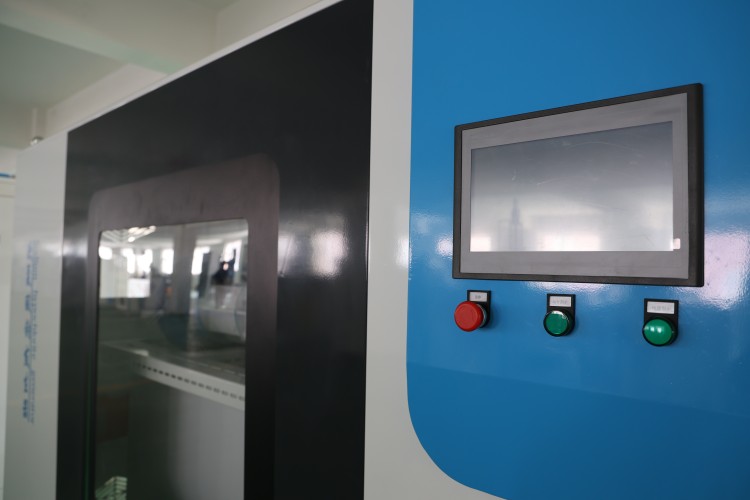
Let’s Talk About Disinfection (And Why It Matters)
Now, killing germs is serious business. At this point, the water may look clean—but appearances deceive. Microscopic bacteria and viruses hide in plain sight.
So how do plants disinfect? Here's the shortlist:
· Chlorine gas: Strong, but dangerous to store and handle
· Calcium or sodium hypochlorite: Safer, shipped as powders or liquids
· On-site systems: Like ours, turning only salt and water into a fresh disinfectant
We champion the third option. Always. Why?
Because when you generate sodium hypochlorite on-site, you dodge the hazards of transporting dangerous chemicals. You reduce costs. You cut out the middlemen.
Most importantly, you control your output. That’s peace of mind bottled in every liter.
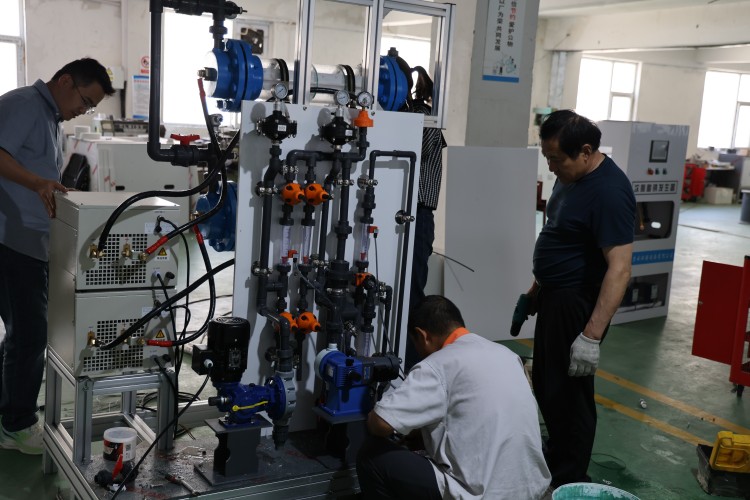
Why On-Site Systems Are the Future
Our On-Site Low-Strength Sodium Hypochlorite Generator is a game changer. Here’s why it beats traditional options:
· You save money: Bulk shipping chlorine is expensive
· You boost safety: No chlorine gas storage nightmares
· You protect the environment: Local production slashes your carbon footprint
· You get cleaner, fresher solutions: Our systems produce sodium hypochlorite with precision and purity
And yes—we do this using only salt, water, and electricity. Nothing else. No additives. No secrets.
It’s safe enough to trust. Strong enough to sanitize. Smart enough to lead the industry.
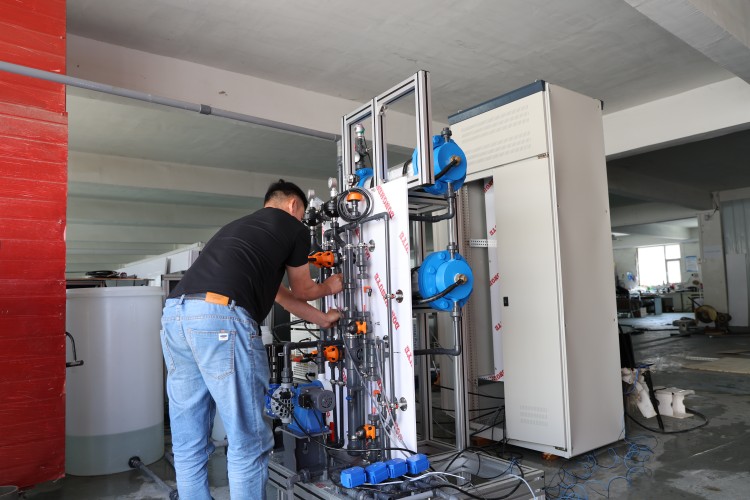
What About Wastewater Treatment?
Great question. Wastewater treatment plants deal with the other end of the pipeline—sewage, industrial runoff, greywater, and more. Their wastewater treatment process includes similar steps:
· Initial screening
· Settling tanks
· Biological treatment
· Advanced filtration
· Disinfection
Disinfection remains the final and most vital step. Without it, wastewater discharged into the environment could spread disease. Again, we step in. With our site sodium hypochlorite generation system, plants can safely disinfect huge volumes at a lower cost and risk.
Unexpected Side Effects: Better Water, Happier Teams
Here’s something we didn’t expect when we first launched our generators—happy operators.
Seriously.
Operators tell us they feel safer without chemical tanks around. Maintenance teams love the reduced workload. Managers love the cost effective performance.
One plant in southern China even called our generator “the most reliable piece of equipment in the building.” We blushed a little. But we agreed.
The Bigger Picture: What’s Water Safety Worth?
We get emotional about water. Really.
Every time someone fills a glass, showers their child, or rinses vegetables, they trust that the water supply is clean. That’s a sacred trust. And we take it seriously.
With aging infrastructure and rising pollution, treating water is harder than ever. But technology can help. The right equipment. The right partners. The right process.
The Long-Term Benefits of Smarter Treatment
Still thinking about investing in newer systems?
Let’s do some quick math:
· Annual cost of liquid chlorine deliveries: high
· Annual cost of on-site salt and energy: low
· Maintenance of old systems: frequent
· Maintenance of our units: minimal
Plus, when you produce sodium hypochlorite on-site, you avoid delays, vendor shortages, and price spikes. No more emergency orders or overstock panic. You’re in control.
It’s smart. It’s scalable. And it just works.
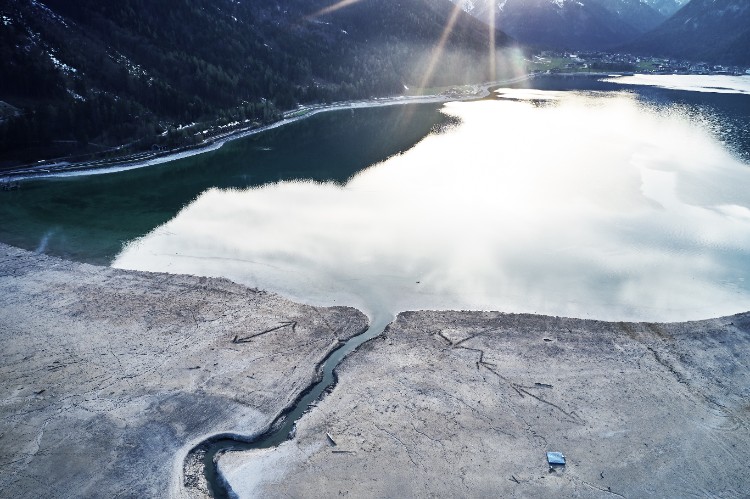
Final Thoughts: What Treatment Plants Remove Is Just the Beginning
So, what do water treatment plants remove?
· Dirt
· Pathogens
· Chemicals
· Heavy metals
· Odors
· Suspicious floaty bits
But more importantly, they remove fear. They remove doubt. They give us something better—cleaner water, healthier families, and safer communities.
And if we get to be part of that journey—well, that makes all the engineering worth it.
Let’s build a future where water isn’t just clean. It’s confidently clean.
References
1. WHO – Water Sanitation and Health
